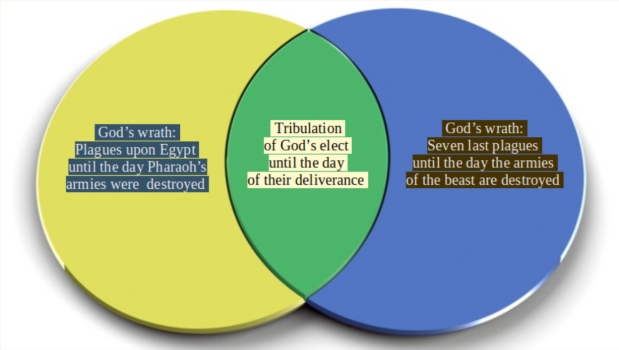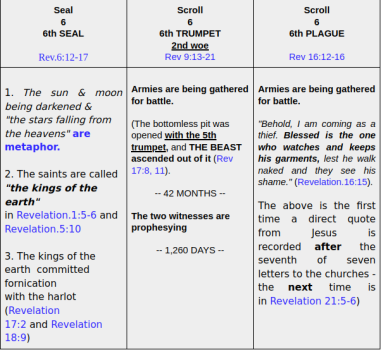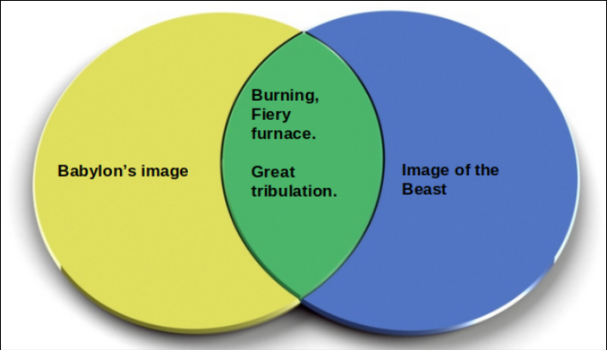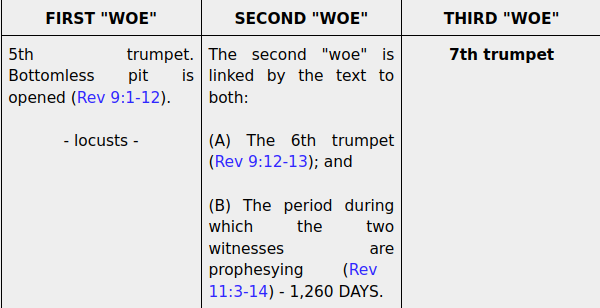Nobody ever sealed a blank scroll, and nobody ever wrote the contents of the scroll into the seals. A lot of people have made the mistake, though, of thinking that the seals are the scroll, or what's written in the scroll.
The book of Revelation is packed with types and antitypes (example Babylon of old vs Babylon the Great), as well as symbolic imagery, (example Revelation 1:20); as well as metaphor, simile and hyperbole, not to mention "Markan Sandwiches".
A veil is not the article hidden under it. After the king's decree has been written in the scroll, the scroll is sealed until it becomes time to break open the seals and unroll the scroll, so that the king's decree can be read.
The scroll will remain sealed until the time chosen by the king for his will to be made known, and the king may choose who will have the right to break open the seals.
The scroll already existed as a decree in the mind of God before it was unveiled by Jesus, the only one worthy to have opened the seals (Revelation 5:5), who unveiled it to His churches via His apostle John, and so it became a written scroll.
====================
Once the seventh of seven seals was opened, the scroll was now ready to unroll, and the first thing that we see in the scroll is the seven angels who have been appointed to carry out God's judgment:
"And the seven angels which had the seven trumpets prepared themselves to sound.". (Revelation 8:6).
GOD'S JUDGMENT:
"Voices, thunderings, Lightnings, and an earthquake"
"Voices, thunderings, Lightnings, and an earthquake"
The door that had been opened in heaven for John immediately before he was made aware of the scroll, allowed John to be able to see the throne of God, so that he could be shown the scroll that was still sealed with seven seals, and John saw "lightnings and thunderings and voices" coming out from the throne (Revelation 4:5).
We read of "voices, thunderings, lightnings, and an earthquake" when God speaks: We see it in Exodus 20:18, we see it used in poetic form by David in 2 Samuel 22:14-15, and we see it again in the seventh seal, the seventh trumpet, and the seventh plague or bowl of wrath:
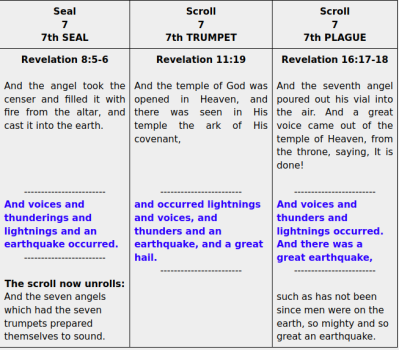
This 7-7-7 repetition is reminiscent of the walls of Jericho falling the seventh time the people marched around the city on the seventh day, when the seventh trumpet sounded (Joshua 6:1-20). There were seven priests blowing seven trumpets. This is why we see the seven angels with seven trumpets when the seventh seal has been opened.
The opening of the seals is the lifting of the veil, i.e the apocalypse or revelation of what has been decreed by God, and it was all (including the metaphoric / symbolic imagery in the seals, as well as the judgments decreed which are contained in the Logos of God) written by John into one scroll, but it's not a case of "first the things seen in the seals are 'going to take place', then after this .."
Aside from the fact that the metaphoric / symbolic imagery seen in the seals are not the decreed judgments written in the scroll, any sequence of events contained in apocalyptic biblical literature is never written in a strictly chronological manner.
Last edited:


